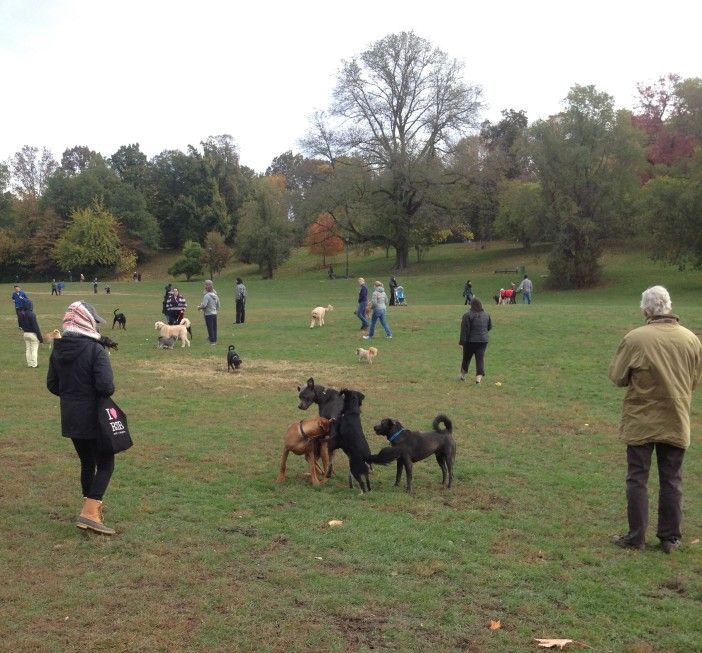Post-New Year Pet Resolutions


Park Slope for Pets’ contributing blogger, the Cranky Observer, shares his thoughts on making 2015 a better year for you and your pet.
You’ve already made (and broken) a long string of New Year’s resolutions. But before you deliver the possibility of any further resolutions to the garbage, try some of these pet-related post-New Year resolutions.
1. Spend a few minutes a day really getting to know your pet. For example, if your cat has a favorite spot, see what you can do to make that place more accessible and comfortable. If you have a dog, notice the walks he or she likes and actually take those walks, even if they’re not necessarily the ones you want to take.
For some dog owners, this also might mean learning which other dogs your pet likes or dislikes, something not always obvious during the rambunctious off-leash hours. A “happy time” for your dog can be determined by whether there is a good social encounter (or conversely, a moment of fear and trepidation caused by an encounter with a disliked dog).
Recently, my dog has started refusing to even play with other dogs unless she’s on a leash. She’s always been the loner type during the morning off-leash hours, but we’ve been slowly trying to improve her social skills and introduce her to her peers. Unfortunately, most other dogs see the leash and think she’s a lost cause without the promise of a chase, and she watches them go wistfully.
Sure, cats like fish. But how much tuna do you think a Siamese cat ever got in the wild?
2. Pay attention to your pet’s food. The debate over the best pet food probably will rage forever—organic, grain free, raw, you name it. You probably will not solve the “food” issue this year—or in your lifetime, for that matter. But you can resolve to pay attention to what’s in your pet’s food. Does it read like the list of chemical additives that you yourself avoid? Does it seem totally out of whack with what a cat, dog, or even a wild bird would ever possibly consume? (Sure, cats like fish. But how much tuna do you think a Siamese cat ever got in the wild?) And, if you have the time, use the internet to find out what elements in the food might possibly be harmful in the long run.
3. Stay up-to-date with identification tags. If your pet spends any time outside, make sure the identification tags are up to date—and legible. After a while, rabies tags and even some ID tags become totally illegible. Make sure that, if the worst happens and your pet wanders off, people can identify the owner. And that means updating tags and microchip information that have been rendered obsolete by recent moves. (There are some owners who, for some reason, think that the person who finds their lost dog will spend hours of detective work to trace them through two, three, or even four past residences!)
4. Finally, watch what happens when you leave your pet alone. Is there anything that makes your pet more nervous or more secure? Let’s face it, pets get used to this, and they do miss us when we’re gone. Find out what words, gestures, or even treats make parting easier — and provide reassurance that you will return. (Or, for that matter, that the mid-day dog walker will come along.) Sometimes, all it takes is a pet or a hand-given piece of kibble or even just a reassuring, “See you later; I’ll be back.”
There. That’s not so much. So pick one, two, or even all four. Just settle on at least one post-New Year’s Resolution and help make your pet’s 2015 a bit better.
For more tips for pets (and their owners) in the neighborhood, check out Park Slope for Pets.



